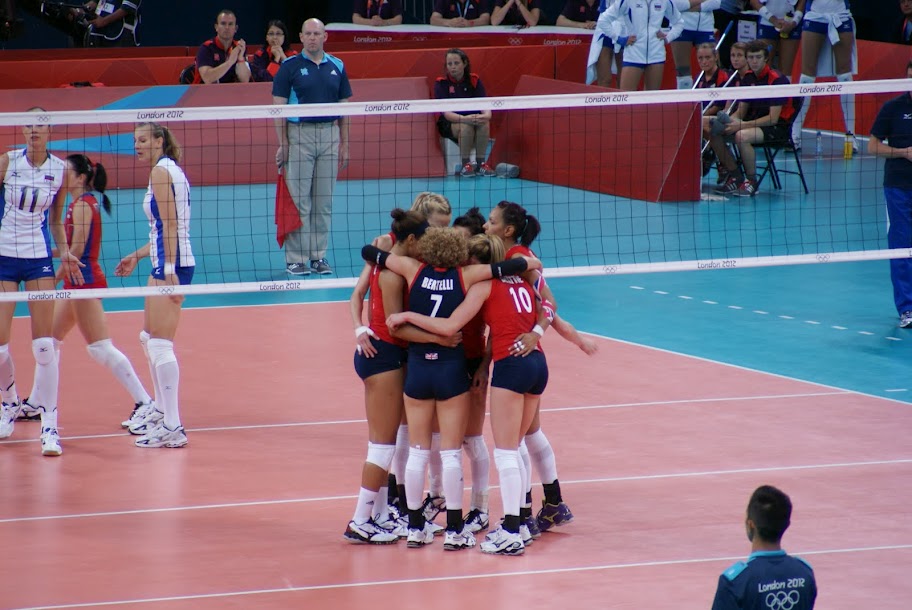The impact of competition can have a dramatic influence on a competitor’s performance. The sporting environment provides a variety of pressures for those who participate. Any experience has the potential to be counterproductive because it has the propensity to turn the focus of attention towards a different goal commitment and therefore away from an athlete’s task at hand.
Sometimes anxiety can be more than a reaction to a situation, it can be a worry.These feelings of worry are associated with high levels of distress, concentration problems, sleep disruption, restlessness and high levels of muscle tension.Worry can be defined as repetitive, iterative and somewhat uncontrollable thought processes that are associated with anxiety. Some of the systems appear in these forms;
- There are very few differences between normal and restlessness or feeling key up or on edge
- Being easily fatigued
- Difficulty concentrating or minds go blank
- Irritability
- Muscle tension
- Sleep disturbance worry.
Coping strategies have demonstrated a strong relationship with performance (Poczwardowski & Conroy, 2002; Giacobbi & Weinberg, 2001)[i]. Excellence in coping may well precede excellence in performance. Cognitive anxiety is consistently and strongly related (inversely) to performance (Deffenbacher, 1977; Spiegler, Morris, & Libert, 1968)[ii], whereas somatic anxiety related to performance only when cognitive anxiety was low (Doctor & Altman, 1969; Morris & Liebert, 1970)[iii]. Harwood and Swain (2001, 2002)[iv] reinforce the importance and practicability of social-cognitive and task-based interventions designed to facilitate optimal, motivational, and psychological states in high-pressure competitive situations.
Learning to cope and deal with counter-productive tendencies that an athlete may experience is important. Their ability to do so will impact on their overall performance and may interfere or facilitate the athlete in striving for an optimal performance. Weinberg et al. (1981)[v] demonstrated the success of reducing anxiety levels through a combination of imagery and relaxation techniques in karate performances. The study found a significant reduction in the levels of anxiety before competition. Psychological skills training programmes have shown to be an effective intervention for enhancing athletic performance (cf. Goldberg, 1998; Gould et al., 1987; Pankey, 1993; Williams, 1988)[vi].
Anxiety is one form of response that has been measured as a response to competitive stressors experienced by athletes. Even if athletes experience the same intensity of anxiety symptoms, they may interpret them quite differently and therefore the potential effect on performance will be different for each athlete.
Current sport anxiety research has focused predominantly on a multidimensional conception of anxiety; for example, work conducted by Martens and his collaborators (1990)[vii]. Two components of competitive anxiety have been suggested to differentially relate to athletic performance: Somatic anxiety consists of one’s perceptions of physical sensations of arousal (e.g., sweaty palms); and cognitive anxiety, which involves worries and concerns about performance, an inability to concentrate and disrupted attention.
Self-confidence also plays an important role in sports performance (Woodman & Hardy, 2003)[viii], and social support is considered an important source (Vealey, Hyashi, Garner, Holman, & Giacobbi, 1998)[ix]. Included in the study were measures of perceived and received support (in accordance with the recommendations of Bianco & Eklund, 2001)[x].
Martens et al. (1990) predicted that cognitive state anxiety has a more consistent and stronger impact on performance than somatic state anxiety. Suggesting that somatic anxiety symptoms tend to dissipate at the onset of competition, whereas cognitive state anxiety and state self-confidence are linked to expectancy of success and social evaluation, which in turn continually affects performance throughout competition. An athlete’s self-confidence appears to be a critical factor in performance also. The confident athlete has a high motivation to succeed and a high expectation for success. Also, self-confidence has the propensity to buffer the potentially negative effects of cognitive and somatic anxiety.
[i] Artur Poczwardowski; David E. Conroy (2002). Coping Responses to Failure and Success Among Elite Athletes and Performing Artists. Journal of Applied Sport Psychology, 14 ,313 – 329.
[ii] Deffenbacher, J.L. (1977). Relationship of worry and emotionality to performance on the Miller Analogies Test. Journal of Educational Psychology, 69, 191-195.
Liebert, R.M., & Morris, L.W. (1967). Cognitive and emotional components of test anxiety: A distinction and some initial data. Psychological Reports, 20, 975-978. Martens, R. (1977). Sport competition anxiety test. Champaign, IL: Human Kinetics.
Morris, L.W., Harris, E.W., & Robins, D.S. (1981). Interactive effects of generalized and situational expectancies on the arousal of cognitive and emotional components of social anxiety. Journal of Research in Personality, 15, 302-311.
Spiegler, M.D., Morris, L.W., & Liebert, R.M. (1968). Cognitive and emotional com-
ponents of test anxiety: Temporal factors. Psychological Reports, 22, 451-456.
[iii] Doctor , R.M., & Altman, F. (1969). Worry and emotionality as components of test anxiety: Replication and further data. Psychological Reports, 24, 563-568
Morris, L. W., & Liebert, R. M. (1970). Relationship of cognitive and emotional components of test anxiety to physiological arousal and academic performance. Journal of Consulting and Clinical Psychology, 35, 332-337.
[iv] Harwood, C. & Swain, A.B.J. (2001). The development and activation of achievement goals in tennis: I. Understanding the underlying factors.The Sport Psychol. 15, 319-341.
[v] Weinberg, R.S., Seabourne, T., Jackson, A. (1981). Effects of visual-motor behaviour rehearsal, relaxation, and imagery on Karate performance. Journal of Sport Psychology, 3, 228-238.
[vi] Gould, D., Damarjian, N. & Medbery, R. (1999). An examination of mental skills training in junior tennis coaches. The sport psychologist, 13, 2, 127-144.
[vii] Martens, R., Burton, D., & Vealey, R.(Eds) (1990). Competitive Anxiety in Sport. Champaign, IL: Human Kinetics.
[viii] Woodman, T. & Hardy, L. (2003). The relative impact of cognitive anxiety and self-confidence upon sports performance: a meta-analysis. Journal of Sports Sciences, 21, 443-457.
[ix] Vealey, R. S., Hayashi, S. W., Garner-Holman, M., & Giacobbi, P. (1998). Sources of sport-confidence: Conceptualization and instrument development. Journal of Sport and Exercise Psychology, 20, 50–80.
[x] Bianco, T., & Eklund, R. C. (2001). Conceptual considerations for social support research in sport and exercise settings: The case of sport injury. Journal of Sport and Exercise Psychology, 23, 85 – 107.


